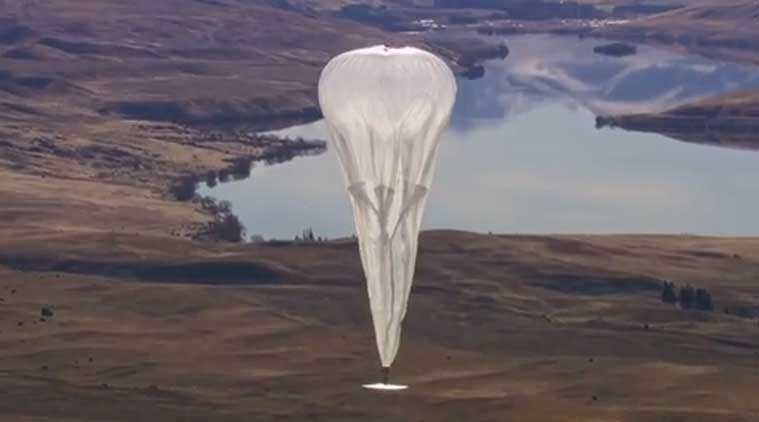Notwithstanding the headwinds from the telecommunications department that are being faced by the project for balloon-powered internet that Google’s parent company Alphabet is working on, the aspects pertaining to rules and regulations from a civil aviation perspective will be looked into by the Directorate General of Civil Aviation (DGCA) from next month, a senior government official said.
“Right now DGCA hasn’t stepped into this issue. We’ll have to see what other stakeholders say, what are other countries doing, what the International Civil Aviation Organization (ICAO) has to say about it. Since they will be privately owned aircraft providing connectivity, there will be a security angle to it, that will also need to be studied,” the official said, adding that the aviation regulator would start exploring the issue only after the ICAO audit of the Indian civil aviation sector scheduled for November concludes.
According to sources in the Department of Telecommunications (DoT), the company had requested the government to allocate frequencies in the 700-MHz spectrum band to test the services, but the government is adamant on not allotting airwaves except through auctions. However, last year, the government had approved testing of Loon project and formed a committee under the chairmanship of the IT secretary. Instead of allocating spectrum to Google, the Centre had suggested that the company should partner with a telecom operator to test its services to resolve the issues pertaining to spectrum.
Under the ‘Project Loon’, the internet giant would use balloons floating at a height of 20 kilometers above earth surface for transmission of internet services. It has already tested this technology in New Zealand, the US and Brazil. The technology, used for LTE services, has potential to replace mobile towers as it can directly transmit signals on 4G mobile phones.
According to the Project Loon website, the company aims to “to launch and maintain a fleet of balloons to provide internet coverage to users on the ground, with our Autolaunchers capable of safely and consistently launching a new balloon every 30 minutes”. “We have flown over 19 million km of test flights to date since the project began – with one of our record-breaking balloons surviving for 190 days aloft in the stratosphere,” it said
Further it said that high speed internet is transmitted up to the nearest balloon from the project’s telecommunications partner on the ground, is then relayed across the balloon network, and finally back down to users on the ground. “We have demonstrated data transmission between balloons over 100 km apart in the stratosphere and back down to people on the ground with connection speeds of up to 10 Mbps, directly to their LTE phones,” the company said.
The US Federal Communications Commission (FCC), this week, granted an experimental license for operating the Project Loon in Puerto Rico and the US Virgin Islands for the purpose of helping the hurricane-hit islands regain connectivity. The said experimental license has been granted from October 6 to April 4, 2018. “The purpose of the [Special Temporary Authority] is to support licensed mobile carriers’ restoration of limited communications capability in areas of Puerto Rico and the United States Virgin Islands affected by Hurricanes Irma and Maria,” the FCC noted in the license.
Earlier this year, Project Loon had also partnered with telecom operator Telefonica in South American country Peru to provide basic internet connectivity people in flood zones around Lima, Chimbote, and Piura. As per the company’s blog, over 160 GB of data was transmitted to people over a combined area of 40,000 square km.



